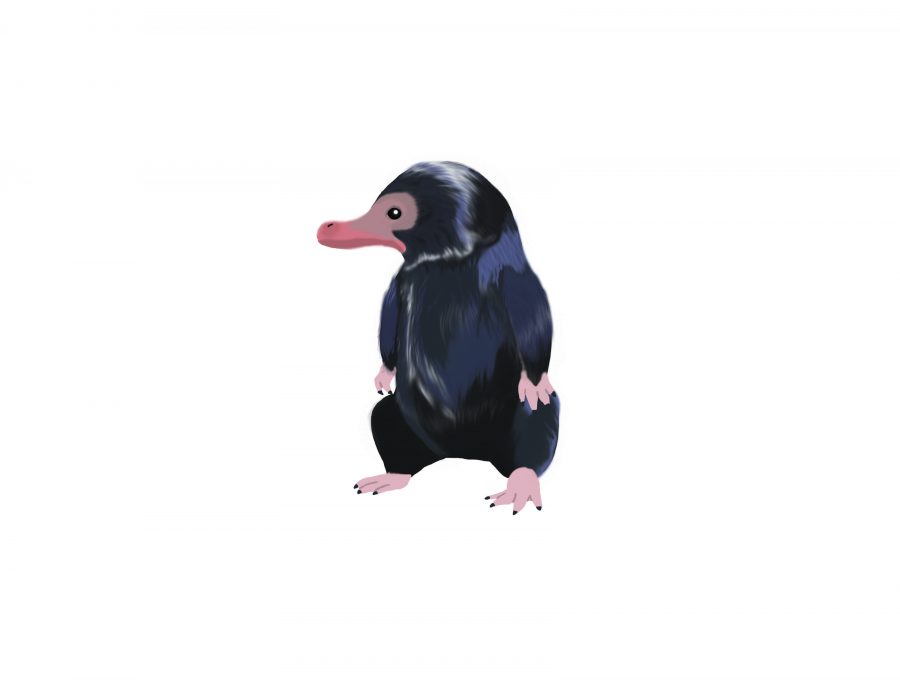Once again, the magical world of Harry Potter has been opened to the masses with yet another film in a series of nine. “Fantastic Beasts and Where to Find Them,” derived from a fictional Hogwarts textbook, is JK Rowling’s first screenplay and introduces the American wizarding community of the 1920s in a prequel to the story of Harry Potter. According to Rowling this is just the first of five movies in her new series “Fantastic Beasts.”
Since opening, the Warner Bros Studios release has earned $75 million in the US and Canada as well as surpassed analyst projections for international sales, with a sum of about $143 million.
The movie, directed by David Yates, who also directed half of the Harry Potter films, follows the textbook’s peculiar author, Newt Scamander (Eddie Redmayne). Scamander, a collector of magical creatures, finds himself in New York on a quest to return a “Thunderbird” to its native land of Arizona, and accidentally ends up letting loose a variety of his “beasts.”
Reminiscent of the Salem Witch trials, this movie veers down a much darker path than Rowling’s previous works. The town has been ravaged by pavement cracking attacks from an Obscurus, a dark force that lives inside a child who is suppressing their magic. Orphaned kids in the town face pressure to be no-maj’s from witch hunt propaganda and beatings at a local orphanage. These disturbing scenes, not so easily forgotten, would make me think twice about taking younger kids to see this movie.
However, the wondrous world of magical creatures hidden in Scamander’s suitcase as well as his lighthearted, peculiar and gentle character, mastered by Redmayne, contrast the darker moments with magical and humorous ones that will leave anyone in awe of the wizarding world.
Harry Potter fanatics, need not worry about muddling the pureness of the original story. “Fantastic Beasts” seamlessly handles the separation of the two plotlines, while simultaneously referencing the world we are oh so attached to.
This curious film deserves praise for its attention to detail, from a bowtruckle (tiny twig person) with separation anxiety, to twists in wizarding colloquials such as the American version of a Muggle, a “Non-mag.” Every little piece pulls you in and even as a fan with insanely high standards, I can tell you that “Fantastic Beasts” does not disappoint.


